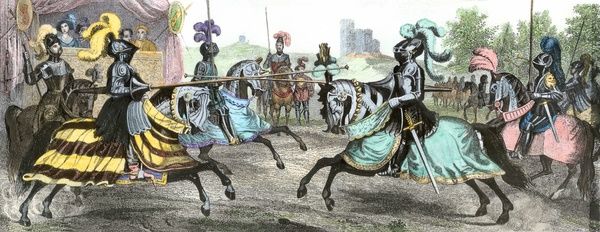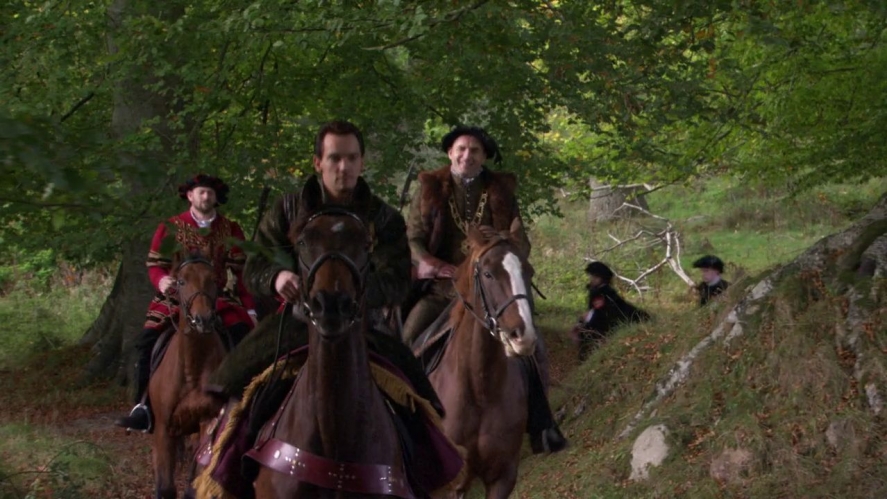On the 1st of May 1536, the tragic ordeal of Anne Boleyn commenced. Worms of uncertainty must have been crawling through her stomach as she saw her husband, King Henry VIII of England, depart abruptly from the May Day joust. Although Mayday originated as a pagan festive holy day celebrating the first spring planting, it was celebrated eagerly and festively in England through centuries, associated with fun, revelry and, most importantly, fertility.

The May Day festivities began for the English royal couple at Greenwich Palace as usual. Queen Anne and King Henry sat in their thrones, watching the jousting. Henry seemed to be in a spectacularly good mood on this occasion, which could have instilled hope into his wife. However, she had no idea about the ongoing interrogation of the court’s talented musician Mark Smeaton the day before, although part of Anne must have been alarmed to a substantial degree when the musician disappeared. Anyway, everything seemed to have being going normally at first.
George Boleyn, Viscount Rochford and the queen’s brother, was the principal challenger at the joust. At the same time, Sir Henry Norris, who was the king’s Chief Gentlemen of the Privy Chamber and a member of the royal inner circle, was the principal defender. Norris, fully armed and ready to joust, wanted to mount his horse and start, but for some reason it refused to run. It was when the monarch graciously stepped in and offered his subject his own horse. Nonetheless, at the end of the joust, Henry suddenly got up without sparing a glance at his shocked wife, and left the palace with his closest entourage to go riding to Westminster with Norris.

At some point in the afternoon, the powerful Thomas Cromwell, who served as Henry’s chief minister, must have sent to his liege lord a message about Smeaton’s confession. This would explain the king’s abrupt departure with Norris. According to George Constantine (a Protestant and evangelical reformer who entered the service of Sir Henry Norris in 1535-36), the monarch interrogated his subject during the ride and proposed him to confess to his adultery with Anne in exchange for his life. A shaken Norris rejected this offer vehemently and said of Anne:
“… in his conscience he thought her innocent of these things laid to her charge; but whether she was or not, he would not accuse her of anything; and he would die a thousand times, rather than ruin an innocent person.”

Given all the misfortunes (Anne’s tragic miscarriage, Henry’s ignorance of his wife and his anger with her, and Henry’s selfish “love” for Jane), Anne must have been depressed and confused, her emotions tangled and traumatic. She must have experienced sensations as if a cauldron of boiling water were being poured down onto her skin and brain. Most likely, Anne’s entire world, which tilted and collapsed when she miscarried her son in the winter of 1536, was focused on Henry’s newest infatuation – Jane Seymour, who posed a great threat to the Boleyn family.
Given the lack of his willingness to testify against Anne, Henry Norris was simply taken to the Tower of London, where Mark Smeaton was already being held for some time. Even if Norrish had confessed, he would not have been allowed to be free and live. Anne still had no clue as to what awful charade and travesty of justice were unfolding right behind her back.
All images are in the public domain.
Text © 2020 Olivia Longueville

